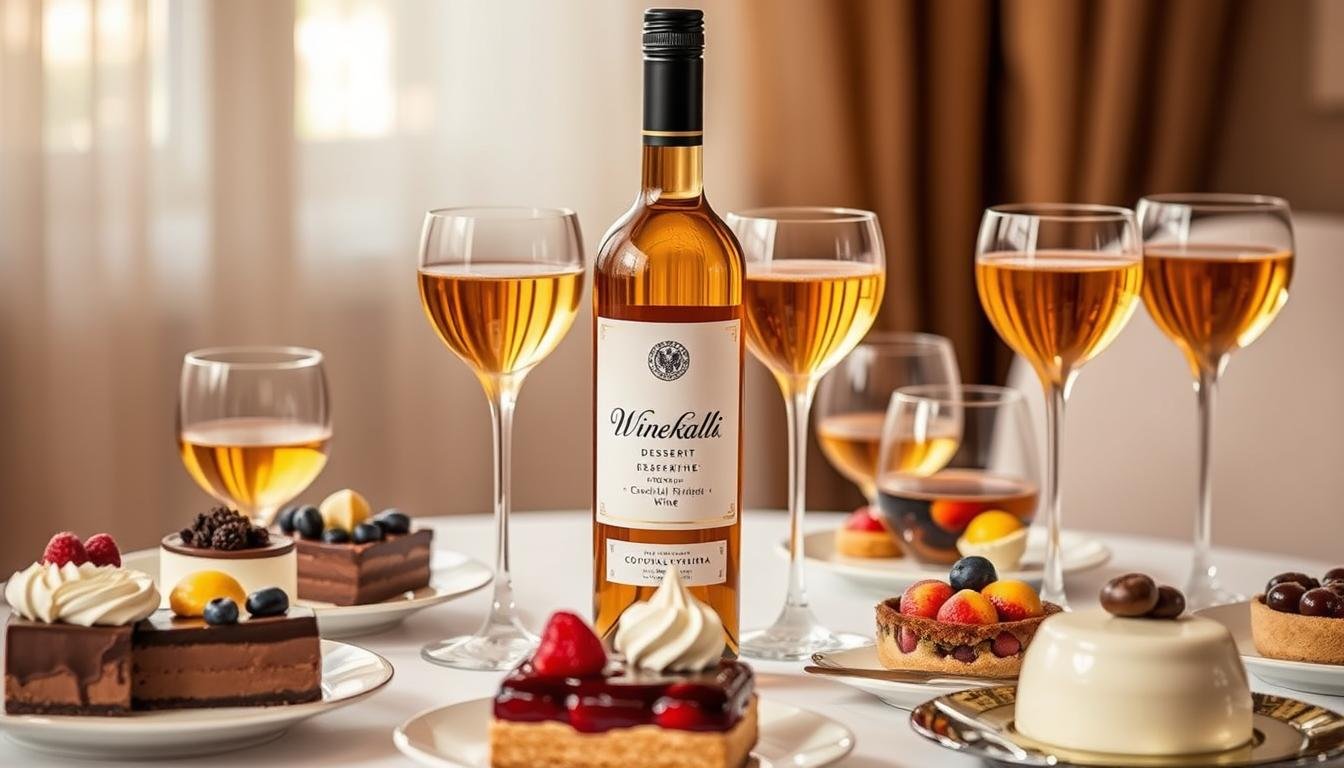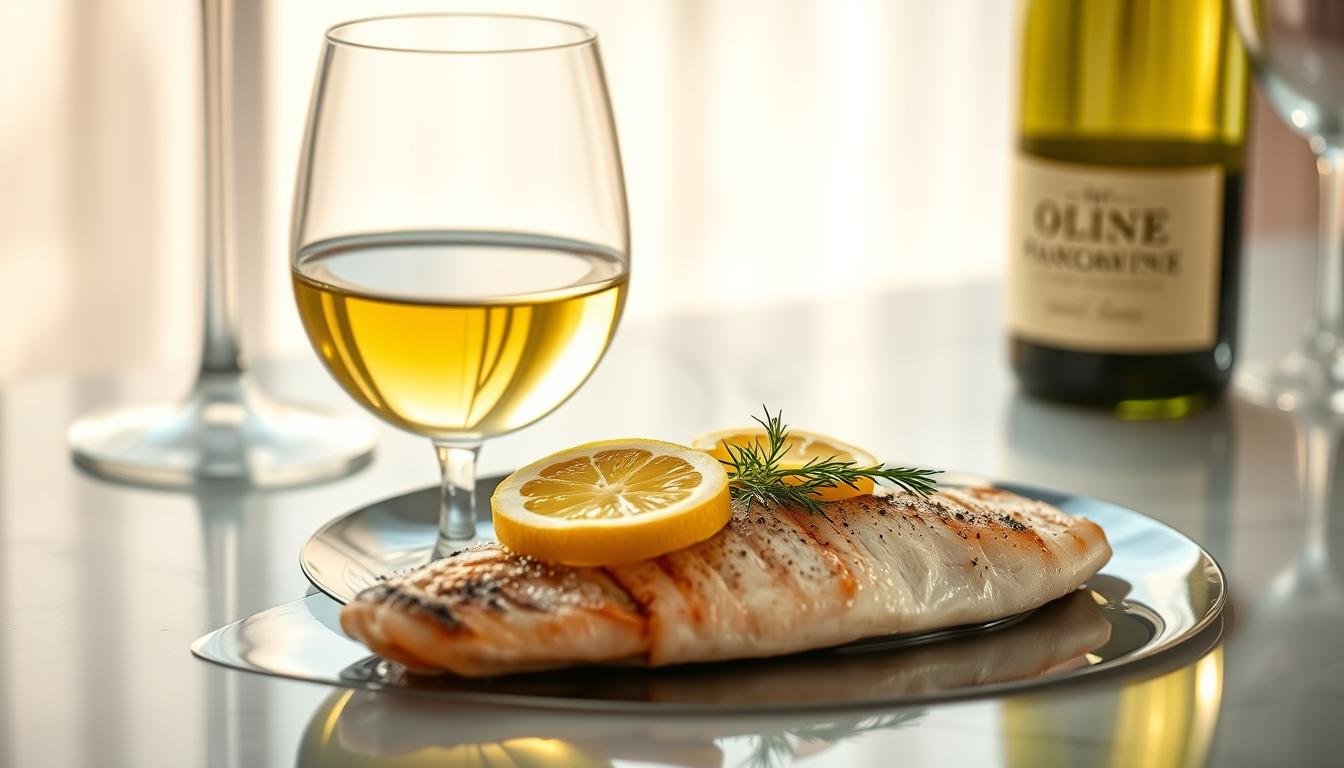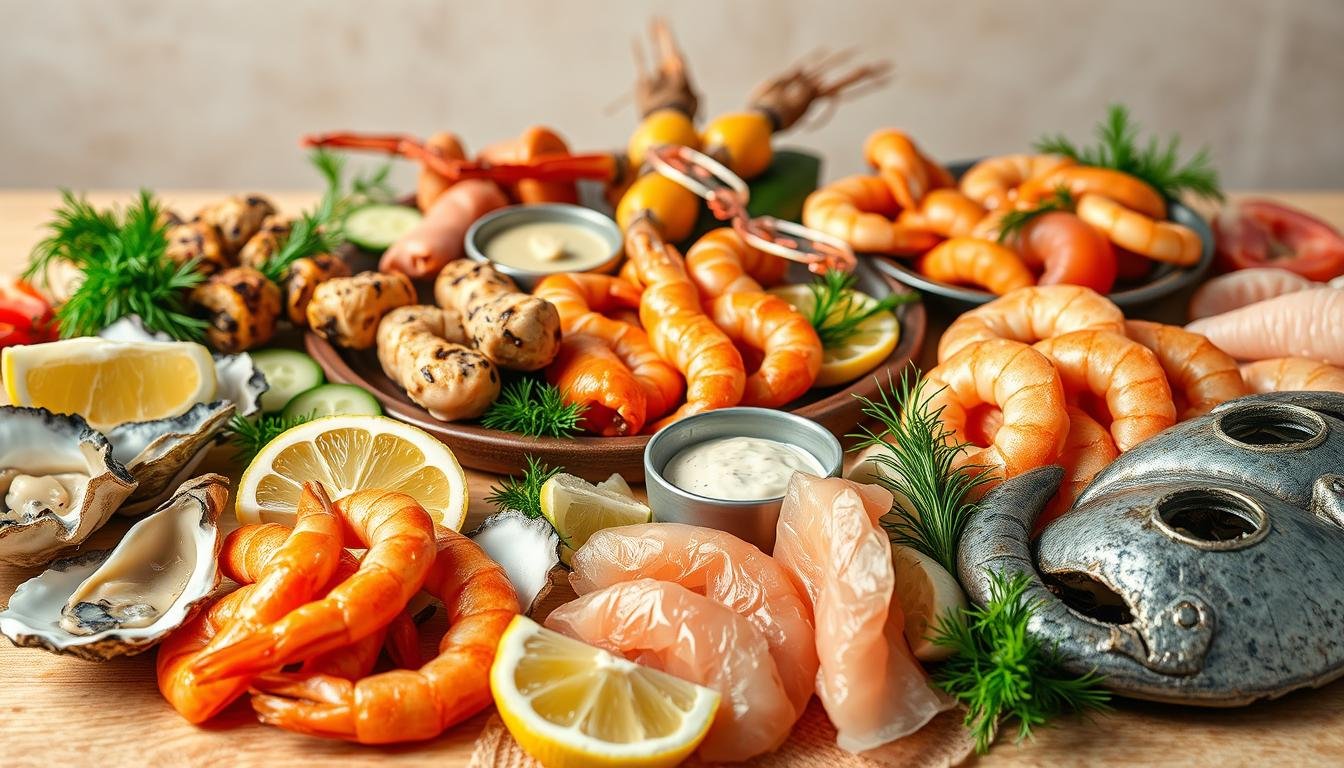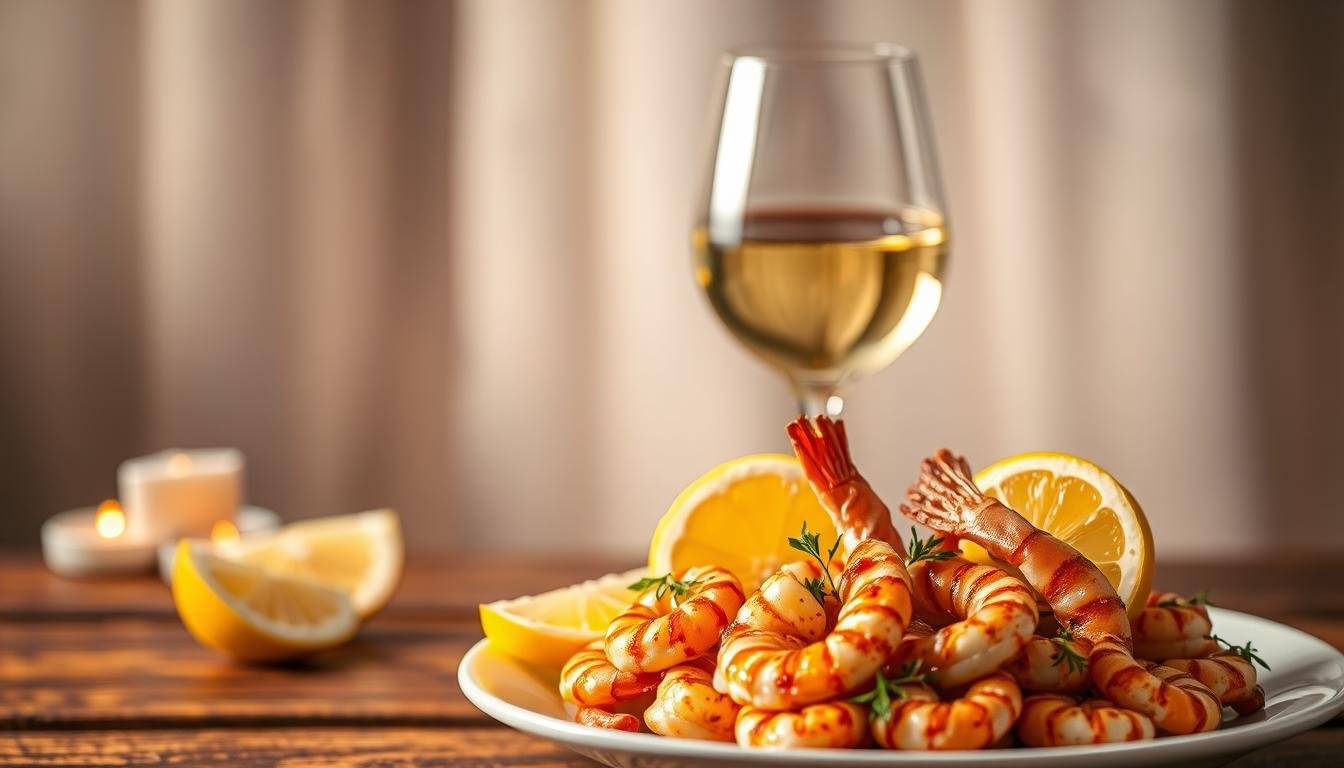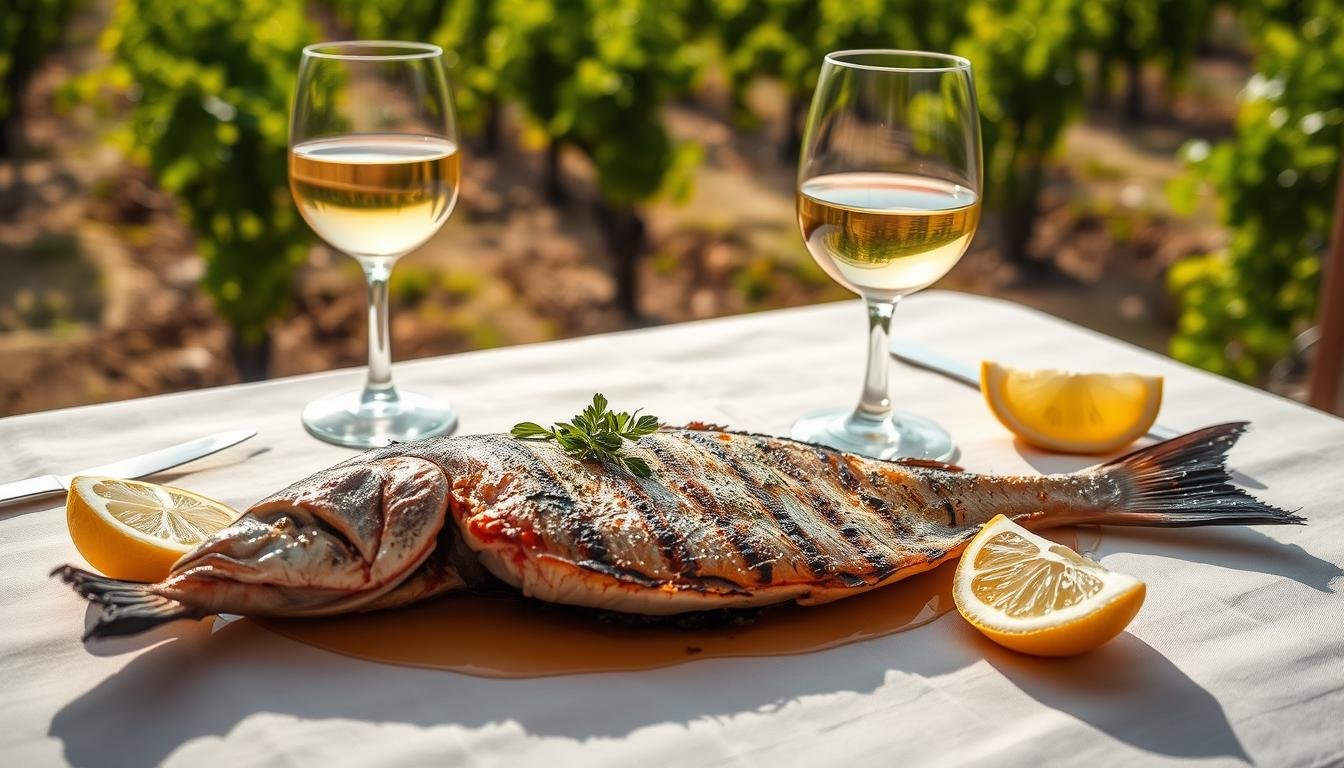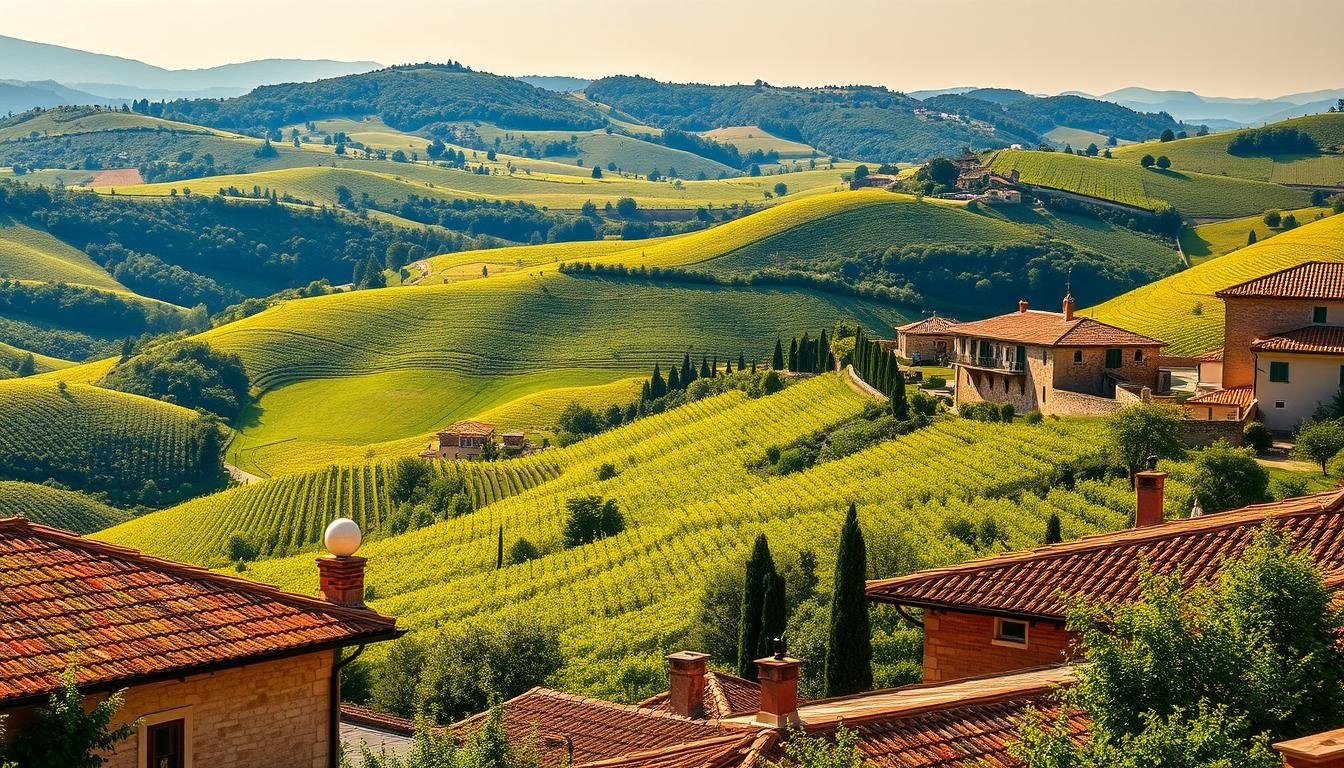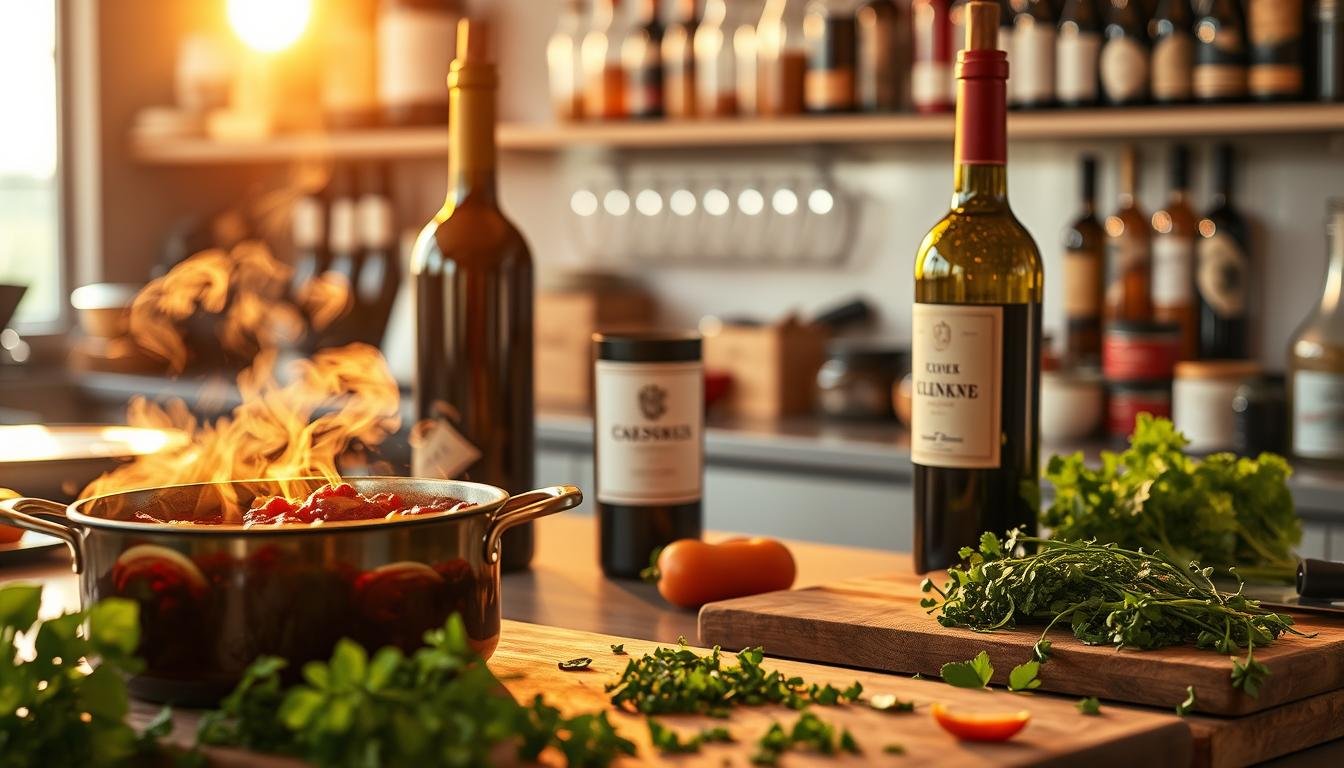Welcome to the world of dessert wine. Here, sweet wine and fortified wine blend to create a delightful experience. You’re about to explore different types of dessert wines, like Riesling, Merlot, and Moscato. You’ll also learn how to pair them with your favorite desserts.
Imagine enjoying a rich, chocolatey brownie with Mike’s Reserve Red. This dessert wine has flavors of fresh strawberries, red grape, and chocolate. Or, picture a lemon cake paired with Riesling 2018. It has notes of green apple, pineapple, and citrus. The possibilities are endless, and with some guidance, you can master pairing dessert wine with your treats.
As you explore dessert wine, you’ll learn about different varieties. You’ll discover how to choose the perfect pairing for your favorite desserts. Whether you love sweet wines like Sauternes and Riesling or prefer the richness of Port wine, there’s a dessert wine for everyone.
Key Takeaways
- Discover the various types of dessert wines, including Riesling, Merlot, and Moscato
- Learn how to pair dessert wine with your favorite treats, such as brownies, lemon cake, and vanilla cake
- Understand the importance of matching flavor notes between the wine and the dessert for optimal pairing
- Explore the world of sweet wine and fortified wine, and how they can enhance your dining experience
- Find out how to choose the perfect dessert wine for your next special occasion
- Learn about the artisan nature of local wineries and the importance of supporting regional wine selections
- Understand the role of acidity and sweetness in balancing the flavor of dessert wines
What Is Dessert Wine?
Dessert wine is a special wine made for enjoying with sweet treats like cakes, chocolates, and fruits. It’s designed to be a perfect match for the end of a meal. With many types and brands out there, you can find the perfect one for your taste.
Looking for dessert wine? Check the sweetness level, grape type, and winemaking process. Popular types include late harvest, ice wine, fortified, and sparkling dessert wines. Each has its own taste and pairing suggestions.
Understanding Dessert Wine Varieties
Dessert wines come from grapes like Muscat, Riesling, and Chenin Blanc. The winemaking process often involves freezing grapes to concentrate sugars or adding spirit to stop fermentation. This makes the wine sweet, rich, and full of flavor.
The Winemaking Process
The winemaking for dessert wines is more complex. Grapes are picked at the right time for sweetness. Some, like ice wine, are made from frozen grapes. Others, like fortified wines, have spirit added to stop fermentation.
Key Characteristics to Look For
When picking a dessert wine, look for sweetness level, grape type, and winemaking process. Also, think about what to pair it with. Sweet wines go well with chocolate cake, while dry wines pair with fruit desserts.
Popular Types of Dessert Wines
Choosing the best dessert wines can be fun. There are many flavors and styles to explore. Here are some popular types and recommendations to help you start.
Some of the most well-known types of dessert wines include:
- Sauternes: A sweet and creamy wine from France, known for its rich flavor and smooth texture.
- Port: A fortified wine from Portugal, characterized by its high alcohol content and sweet, fruity flavor.
- Ice Wine: A unique and rare wine made from grapes that freeze while still on the vine, resulting in a concentrated and sweet flavor.
- Madeira: A rich and complex wine from Portugal, known for its high acidity and sweet, nutty flavor.
These are just a few examples of the many types of dessert wines available. When selecting a dessert wine, consider the flavor profile and pairing options. This way, you can find the best dessert wines for your taste. With so many options, you’re sure to find a wine that suits your preferences and complements your favorite desserts.
Whether you’re looking for a sweet and creamy wine or a rich and complex one, there’s a dessert wine out there for you. By exploring different types and following recommendations, you can discover new flavors. You’ll find the perfect pairing for your favorite desserts.
| Type of Dessert Wine | Flavor Profile | Pairing Options |
|---|---|---|
| Sauternes | Sweet and creamy | Cheese, fruit, and nuts |
| Port | Sweet and fruity | Chocolate, cheese, and fruit |
| Ice Wine | Concentrated and sweet | Fruit, cheese, and desserts |
| Madeira | Rich and complex | Nuts, cheese, and fruit |
How to Choose the Right Dessert Wine
Choosing the right dessert wine involves several factors. Your personal taste is key. Think about the dessert you’re serving and the flavor you like. For sweet desserts, a wine with high acidity can balance the sweetness.
Pairing wine with food or desserts is also important. Dessert wine pairings can be tricky. A good rule is to pick a wine sweeter than your dessert. This balances flavors. You can find many dessert wine online to explore different options.
Here are some tips for choosing a dessert wine:
- Consider the sweetness level of the wine and the dessert
- Think about the flavor profile you prefer
- Look for wines with high acidity to balance out sweetness
- Explore different types of dessert wines, such as late harvest wines or ice wines
By considering these tips and doing research, you can find the perfect dessert wine. Whether you prefer sweet and creamy or dry and fruity, there’s something for everyone. Start exploring dessert wines today and find the perfect match for your next dessert.
| Wine Type | Flavor Profile | Pairing Suggestions |
|---|---|---|
| Late Harvest Riesling | Sweet, fruity, and creamy | Cheesecake, creme brulee, or fruit tart |
| Ice Wine | Sweet, icy, and fruity | Sorbet, ice cream, or chocolate-covered fruit |
Serving Suggestions for Dessert Wine
Serving dessert wine right can make a big difference. For example, fortified wines like Port and Madeira should be around 60°F. This temperature helps to balance the sweetness and avoid bitter or alcoholic tastes.
The glass you use is also important. A wide bowl and narrow rim focus the wine’s aromas. For sparkling dessert wines, a shorter stem and smaller bowl work best. Popular types include Sauternes, Moscato, and Ice Wine, made by top brands.
- Serve dessert wine in a beautifully crafted glass to enhance the visual appeal.
- Pair the wine with a selection of artisanal cheeses and crackers for a sophisticated snack.
- Use fresh fruit and greenery to create a stunning centerpiece for your dessert wine tasting.
By following these tips, you can make your dessert wine tasting memorable and fun. Enjoy your favorite types and brands!
Pairing Dessert Wine with Food
Pairing dessert wine with food is all about balance. Sweet wines like Moscato d’Asti go great with sweet desserts like peach tart or lemon meringue pie. Rich wines like Port are perfect for desserts like chocolate cake, adding depth to the taste.
For chocolate or caramel desserts, try late-harvest Zinfandel or sweet Madeira. These wines bring out the best in these flavors. On the other hand, Riesling and dry sparkling wines are great with creamy desserts like cheesecake or panna cotta. They balance the richness with their crisp acidity.
Cheese Pairings
Cheese and dessert wine make a fantastic pair. For example, sweet Vin Santo goes well with cheeses like parmesan and gorgonzola.
Chocolate Desserts
Chocolate desserts are a classic match for dessert wine. Ruby port is great with dark chocolate, while Moscato d’Asti pairs well with milk chocolate.
Fruit-Based Treats
Fruit-based desserts like tarts and pies are perfect with sweet wines. Moscato d’Asti or Riesling can enhance the fruit and pastry’s sweetness.
Spicy Dishes
Spicy dishes can be balanced by sweet dessert wines. A sweet wine like Port or Madeira can complement the spiciness, creating a balanced flavor experience.
The Art of Tasting Dessert Wine
Tasting dessert wine involves several key factors. The balance between the wine’s sweetness and the dessert’s is crucial. Dessert wine types like Port, Ice Wine, and Moscato each have their own unique taste.
To taste dessert wine like a pro, keep these tips in mind:
- Start with a clean palate, free from any strong flavors or odors.
- Use the right glassware, such as a Port glass or a dessert wine glass, to enhance the aromas and flavors.
- Take small sips, and let the wine linger in your mouth to appreciate its complexity.
For dessert wine recommendations, try pairing a Ruby Port with blue cheese or a Tawny Port with crème caramel. Madeira wine is also excellent, especially with pumpkin crème brûlée. Always think about the balance of sweetness and the flavors of both the wine and the dessert.
By following these tips and exploring different dessert wine types and dessert wine recommendations, you’ll become a dessert wine expert. So, dive into the world of dessert wines and find the perfect match for your next special event.
| Dessert Wine Type | Recommended Pairing |
|---|---|
| Port | Blue cheese or crème caramel |
| Madeira | Pumpkin crème brûlée |
| Moscato | Fruit-based desserts or spicy dishes |
Food and Wine Pairing Basics
When pairing dessert wines, balance is key. You want a wine that complements your dessert without overpowering it. For instance, a sweet dessert like cheesecake goes well with Moscato. A tart dessert, like lemon bars, pairs better with a wine like Riesling, which has more acidity.
Think about the type of dessert you’re serving. A rich dessert calls for a full-bodied wine. But a lighter dessert needs a lighter wine. You can find many dessert wines online, from famous places like France and Italy.
Here are some pairing tips:
- Sweet desserts like cheesecake and chocolate cake pair well with sweet dessert wines like Moscato and Port.
- Tart desserts like lemon bars and fruit tarts pair well with dessert wines that have a higher acidity, like Riesling and Sauvignon Blanc.
- Rich and decadent desserts like chocolate truffles and creme brulee pair well with full-bodied dessert wines like Cabernet Sauvignon and Merlot.
By considering your dessert’s type and the wine’s sweetness and acidity, you can find the perfect match. Whether it’s for a special occasion or just to try something new, there are many great options online.
Hosting a Dessert Wine Tasting
Hosting a dessert wine tasting needs to be memorable for your guests. With so many dessert wine types and dessert wine brands out there, picking the right ones can be tough. Think about working with a local winery, like Trinchero Napa Valley, for unique wines.
Setting the Scene
Choose a venue that’s intimate and elegant, like The Hibernia in San Francisco. Use soft lights, candles, and rustic wooden boards for a cozy feel. Make sure to serve wines in the right order, starting with lighter ones.
Selecting a Diverse Lineup
It’s key to have a diverse wine selection for a great tasting. Include a mix of dessert wine types, like Port, Ice Wine, and Sauternes. Sparkling wines, like Cava or Prosecco, can add variety. Also, offer non-alcoholic options for those who don’t drink.
Engaging Your Guests
To keep guests engaged, add fun elements like blind tasting games or quizzes. Give them scorecards or booklets to note their tasting experiences. End the night with a dessert wine or mulled wine station, featuring different dessert wine brands. Follow these tips for a memorable dessert wine tasting.
Myths and Misconceptions About Dessert Wine
Exploring dessert wine might lead you to some common myths. One myth is that it’s only for special occasions. But, it’s actually perfect for any time. Experts say, “Dessert wines can add a new dimension to your dessert course.”
Another myth is that all dessert wines are too sweet and strong. But, many have a perfect balance of sweetness and acidity. Types like Sauternes and Port offer rich flavors, great for many desserts and cheeses.
- Dessert wine is only for special occasions
- All dessert wines are overly sweet and overpowering
- Dessert wine is only paired with sweet desserts
Dessert wine is great for any time and pairs well with many foods. This includes cheese, fruit, and even spicy dishes. Knowing the truth about dessert wine lets you enjoy its unique qualities and find the perfect pairing for you.
“The key to enjoying dessert wine is to experiment and find the perfect pairing for your taste buds. Don’t be afraid to try new things and explore the world of sweet wine.”
Storing Dessert Wine Properly
Proper storage is key to enjoying your favorite dessert wine. It keeps the quality and flavor intact. Whether you’re a seasoned collector or just starting, knowing how to store dessert wine is crucial. You can find many dessert wines online, but storing them right is essential.
Ideal Storage Conditions
The best storage temperature for dessert wines is between 11°C and 15°C (51–59°F). Keep the wine away from direct sunlight and in a humid place. This prevents the cork from drying out. Storing wine on its side helps keep the cork moist.
Shelf Life of Different Varieties
The shelf life of dessert wine depends on its style and whether it’s opened or not. Unopened dessert wines can last for years, even decades, with proper storage. Once opened, they can last 1 to 2 weeks because of their sugar content. Here are some tips for storing your dessert wine:
- Store unopened bottles in a cool, dark place.
- Keep opened bottles sealed and chilled in the fridge.
- Avoid storing wine in areas with significant temperature fluctuations.
By following these storage tips, you can enjoy your dessert wine for longer. Proper storage is the key to keeping the quality and flavor of your dessert wine. Whether you buy it online or in a store, correct storage will improve your wine-drinking experience.
Exploring Regions Famous for Dessert Wine
Exploring dessert wines reveals that some areas are known for their exceptional types. Bordeaux is famous for its sweet Sauternes, while Germany is known for its icy Ice Wines. Portugal, on the other hand, is celebrated for its rich Port wines.
Bordeaux, Germany, and Portugal are top spots for dessert wine. They offer a variety of wines, including Sauternes, Ice Wine, and Port. Each region has its own unique brands and characteristics.
These regions are not just famous for their wines but also for their rich history and culture. Whether you prefer a sweet Sauternes or a fruity Port, there’s something for everyone. So, explore the different types and brands to find your perfect match.
| Region | Dessert Wine Type | Description |
|---|---|---|
| Bordeaux | Sauternes | Sweet, creamy wine with notes of honey and apricot |
| Germany | Ice Wine | Icy, refreshing wine with notes of citrus and green apple |
| Portugal | Port | Rich, sweet wine with notes of dark fruits and chocolate |
Conclusion: Enjoying Your Dessert Wine Journey
As you explore dessert wines, you open up to new tastes and discoveries. There’s a wide variety, from sweet to fortified wines. Find the perfect match for your taste, whether with dessert or alone. Enjoy the journey and have fun.
Dessert wines offer endless possibilities. From Sauternes’ rich sweetness to Port’s complex nuttiness, there’s something for everyone. With guidance, you can grow your taste and become a dessert wine expert. So, take the next step and enjoy the sweet journey ahead.
Developing Your Own Palate
To fully enjoy dessert wines, develop your palate. Try different types, like sweet and fortified wines. Notice the flavors, aromas, and textures. This way, you’ll learn what you like and become more confident in your choices.

